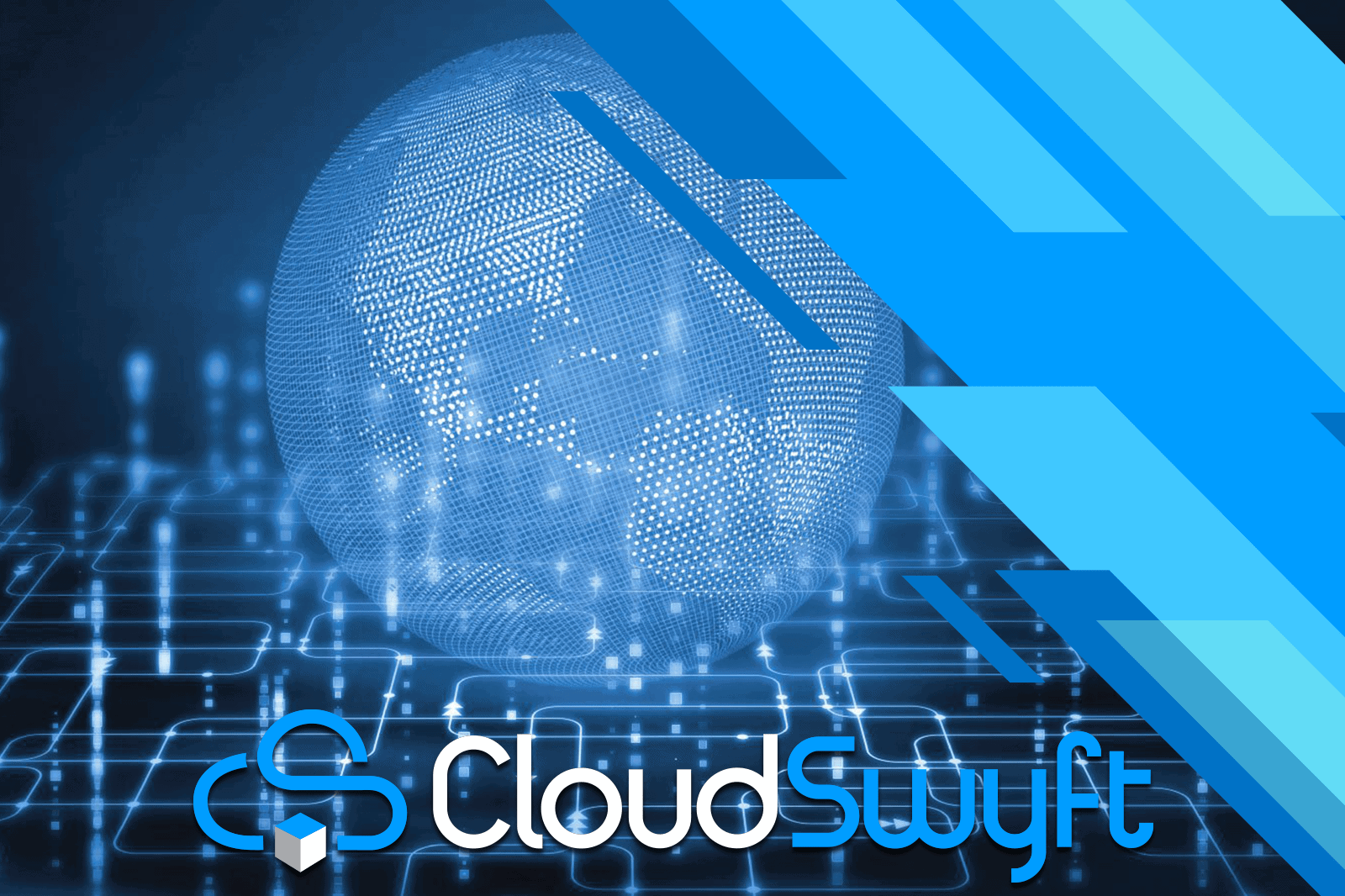About this course
The open-source programming language R has for a long time been popular (particularly in academia) for data processing and statistical analysis. Among R's strengths are that it's a succinct programming language and has an extensive repository of third party libraries for performing all kinds of analyses. Together, these two features make it possible for a data scientist to very quickly go from raw data to summaries, charts, and even full-blown reports. However, one deficiency with R is that traditionally it uses a lot of memory, both because it needs to load a copy of the data in its entirety as a data.frame object, and also because processing the data often involves making further copies (sometimes referred to as copy-on-modify). This is one of the reasons R has been more reluctantly received by industry compared to academia.
The main component of Microsoft R Server (MRS) is the RevoScaleR package, which is an R library that offers a set of functionalities for processing large datasets without having to load them all at once in the memory. RevoScaleR offers a rich set of distributed statistical and machine learning algorithms, which get added to over time. Finally, RevoScaleR also offers a mechanism by which we can take code that we developed on our laptop and deploy it on a remote server such as SQL Server or Spark (where the infrastructure is very different under the hood), with minimal effort.
In this course, we will show you how to use MRS to run an analysis on a large dataset and provide some examples of how to deploy it on a Spark cluster or a SQL Server database. Upon completion, you will know how to use R for big-data problems.
Since RevoScaleR is an R package, we assume that the course participants are familiar with R. A solid understanding of R data structures (vectors, matrices, lists, data frames, environments) is required. Familiarity with 3rd party packages such as dplyr is also helpful.
Meet the instructors
Jonathan Sanito
Senior Content Developer
Microsoft
Jonathan works as a content developer and project manager for Microsoft focusing in Data and Analytics online training. He has worked with trainings for developer and IT pro audiences, from Microsoft Dynamics NAV to Windows Active Directory.
Before coming to Microsoft, Jonathan worked as a consultant for a Microsoft partner, implementing Microsoft Dynamics NAV solutions.
Seth Mottaghinejad
Data Scientist
Microsoft
Seth is a data scientist at Microsoft who specializes in training and consulting clients who use Microsoft R Server. His past work includes training teams of data scientists to use R and MRS, showing how MRS fits in the big-data architecture, and helping with migration from tools such as SAS to R and MRS, and optimizing R performance. Before joining Microsoft, Seth worked as an analytics consultant at Revolution Analytics, the R-based big data and analytics company that was acquired by Microsoft in May 2015. Seth also has experience in marketing and customer analytics from prior jobs at American Express and Saks Fifth Avenue. He is a passionate "R-vangelist", an avid outdoorsman (who moved to Seattle to be close to lakes and mountains), and an amateur globetrotter.



